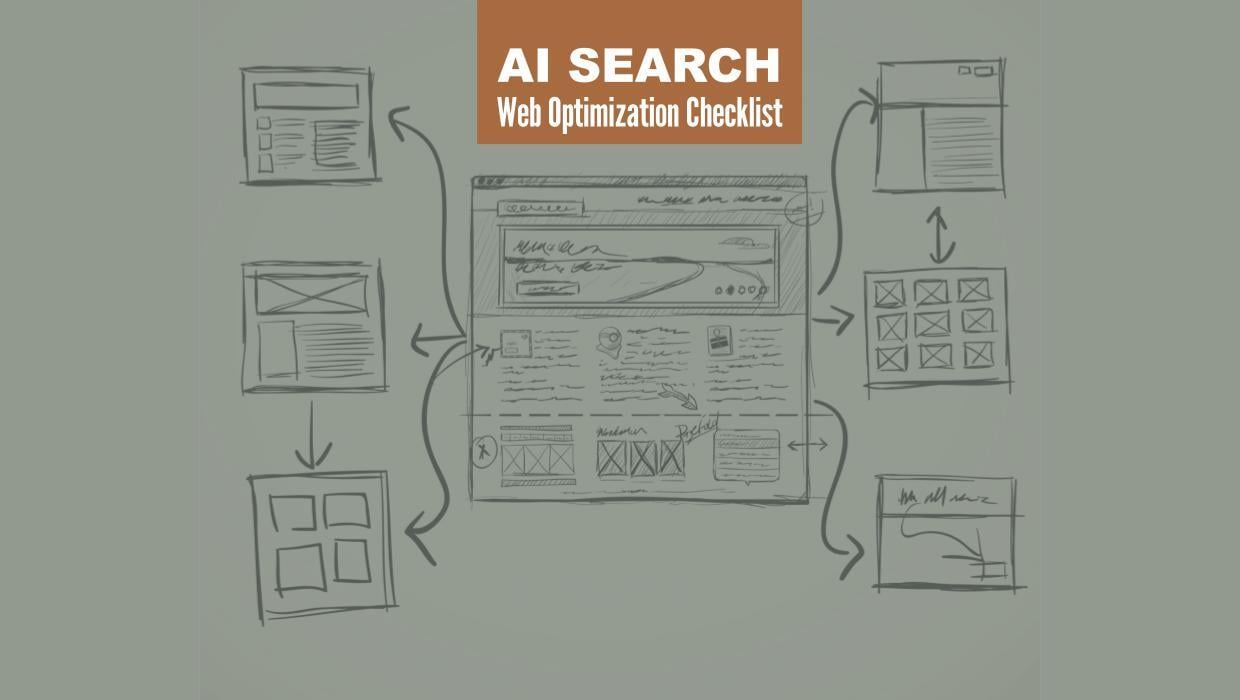What is Sales Enablement in B2B Inbound Marketing?
Written by
When B2B marketers talk about sales enablement, what do they actually mean?
In order to answer that question, it’s helpful to look backward for some context. Traditionally, sales and marketing operated as separate departments. They worked toward different objectives, measured different results, and in the worst cases, suffered from antagonism and finger-pointing.
Much of that historical tension came from an old notion that somehow the two — marketing and sales — exist for different purposes. Nothing could be further from the truth.
In fact, sales enablement’s potential can only be fully realized when marketing and sales are properly aligned. And when they are aligned around a customer focus, sales enablement can be a powerful force in B2B inbound marketing.
What is Sales Enablement, and Why Do You Need It?
Marketers broadly define sales enablement as, collectively, all the technological tools, content, and processes that enable sales teams to sell more effectively, more efficiently, and faster than they could without them.
Without sales enablement, your organization could be wasting time and budgets on marketing content that’s not as relevant or effective as it could be. Or you might make poor use of sales reps’ time if they have to educate top-of-funnel customers because you don’t have useful content. If you ignore sales enablement, you’ll almost certainly build up friction between marketing, sales, and service teams … and of course, your customers.
READ MORE: 4 Ways a Sales Enablement Strategy Helps Sales Teams Thrive
Sales Enablement Tools & Technology
Websites, customer relationship management (CRM), sales engagement automation platforms, and content management software (CMS) are some of the tools that provide a structure for the work of sales teams, especially in B2B companies committed to inbound, where marketing content serves a vital role, enabling sales to help leads as they move along their buyer’s journey.
Websites, CMS, and sales CRM systems increase speed and efficiency by:
- Attracting leads at the top of the funnel and connecting them with relevant content
- Automating top-of-funnel workflows to allow sales experts to focus on selling
- Measuring and reporting on engagement behaviors to accurately qualify leads
- Providing quick, easy access to the content a sales expert needs, when they need it
RELATED:
Inbound Sales For Industrial Manufacturers
HubSpot Sequences: The Best Tips for the Most Effective Sales Follow-up
5-Point Sales Enablement Checklist For Marketers To Support Sales Teams
HubSpot Prospects is the Best Kept Secret in B2B Sales Prospecting Tools [VIDEO]
How Content Meets Sales Enablement Needs
Access to relevant, timely content assumes that content is created to meet the needs of the customer. A business that’s committed to sales enablement recognizes its sales experts’ value as customer experts. When sales and marketing teams are aligned, sales provides data-driven and experiential insights on customer questions, challenges, and concerns at points all along the buyer’s journey.
Armed with the right knowledge, marketing can create the right content to attract, engage, and delight throughout the sales process — by meeting leads’ needs and answering questions. Ongoing collaboration between sales and marketing helps ensure continuous improvement and updates to important content.
Committing to a Sales Enablement Process
Because effective sales enablement requires full alignment of marketing, sales, and service departments around the needs of the customer, a critical step toward improvement is establishing a service-level agreement (SLA) between marketing and sales.
Your SLA clarifies teams’ roles, defines goals, and promotes shared accountability. HubSpot’s Sales Enablement Training can introduce you to the process of creating a customer-centric sales enablement strategy.
Ultimately, successful sales enablement culminates in fully aligned marketing, sales, and service teams that continually engage and delight at every touchpoint throughout the sales cycle — and even throughout the customer lifecycle, as sales shares insights that can improve your company’s offerings.
You can take a guided tour of the SLA development process with our free eBook. Just click on the link below to download your copy.
Subscribe To Our Blog
Information. Insights. Ideas. Get notified every time a new Weidert Group blog article is published – subscribe now!
You May Also Like...

Search Engine Optimization
Optimize Your Industrial Website for AI Search

Marketing Technology
Why Unified Data Efforts Fail (and How Manufacturers Can Fix It)

Search Engine Optimization
How Falcon Rebuilt Industrial AI Search Visibility in 2025
Accelerate Your Growth with
Weidert Group
If you’re ready to explore a partnership, request a personalized consultation with our team.

